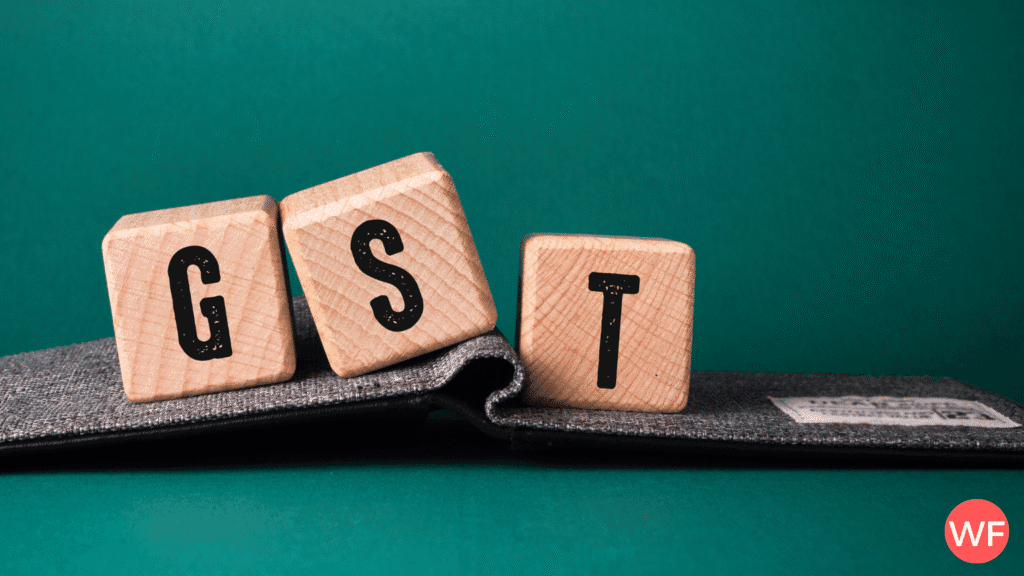In a historic move, the GST Council, chaired by Finance Minister Nirmala Sitharaman, has unveiled sweeping reforms to India’s Goods and Services Tax (GST) structure. Effective September 22, 2025, the reform simplifies tax slabs, reduces rates on essential and mass-consumption goods, and introduces a new 40% luxury and “sin” tax. This overhaul aims to boost demand, ease compliance, and make the tax system fairer.
A Streamlined GST Structure
India’s earlier four-slab GST regime (5%, 12%, 18%, 28%) has now been compressed into:
- 0% – For essentials like food staples and health insurance.
- 5% – For daily-use items, packaged foods, agriculture inputs, and key services.
- 18% – For consumer durables, cement, vehicles, and most goods.
- 40% – A new slab for luxury and harmful (“sin”) goods.
What Gets Cheaper?
Zero-Rated (0% GST)
- Milk, paneer, Indian breads (roti, paratha, chapati).
- Over 30 life-saving medicines, including cancer drugs.
- Life and health insurance premiums, including reinsurance.
5% GST Bracket
- Personal care items: hair oil, shampoo, toothpaste, soaps, toothbrushes.
- Packaged foods: namkeen, noodles, chocolates, sauces, cornflakes, butter, ghee.
- Ghee, nuts, packaged water.
- Spectacles/goggles for vision correction.
- Agricultural equipment: sprinklers, harvesters, composters, drip irrigation systems.
- Bicycles and parts.
- Medical devices such as surgical and dental instruments.
- Beauty & wellness services: salons, gyms, spas, yoga classes.
- Transport services: passenger and goods transport (default 5%).
- Hotel stays up to ₹7,500/night.
18% GST Bracket
- Consumer electronics: TVs, refrigerators, ACs, dishwashers, washing machines.
- Cement.
- Small cars (≤1,200 cc petrol / ≤1,500 cc diesel, ≤4m length).
- Motorcycles ≤350cc, three-wheelers, auto parts.
- Buses, trucks, ambulances, and goods vehicles.
- Large tractors (road tractors with >1,800cc engines).
What Gets Costlier?
New 40% “Sin & Luxury” Tax
- Tobacco products: cigarettes, gutka, pan masala, cigars, chewing tobacco.
- Aerated & caffeinated drinks: colas, energy drinks, sweetened beverages.
- Luxury vehicles: large cars, SUVs, motorcycles >350cc, yachts, private jets.
- Gambling & online gaming: betting, horse racing, lotteries, casinos, fantasy sports.
- Premier sporting events: IPL tickets, high-value sports entertainment.
Impact on Economy & Consumers
- Households: Essentials and insurance are cheaper, reducing cost of living.
- FMCG sector: Lower taxes on soaps, shampoos, and packaged foods will drive higher demand.
- Automobiles: Small cars and entry-level two-wheelers more affordable, aiding rural and urban buyers.
- Infrastructure: Cement rate cuts could reduce housing and construction costs.
- Agriculture: Cheaper farm equipment boosts mechanisation and rural productivity.
- Luxury market: High-end automobiles, tobacco, and alcohol substitutes will stay expensive under 40% tax.
Market Reaction
The stock market welcomed the move with gains in FMCG, autos, cement, and consumer durables, while gold prices dipped as investor sentiment turned positive. Analysts called the reform “game-changing,” predicting it will revive consumption, attract global investors, and strengthen India’s domestic growth story.
Conclusion
GST 2.0 is more than a tax adjustment — it’s a bold restructuring of India’s consumption economy. By cutting rates on essentials and raising levies on sin goods, the government has struck a balance between relief for households, support for businesses, and fiscal responsibility.
As India readies for this reset, the simplified GST regime promises to create a fairer, growth-friendly, and globally competitive tax system.


